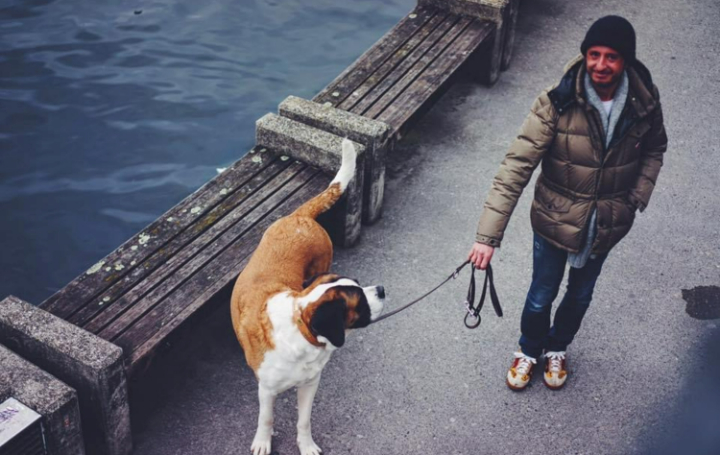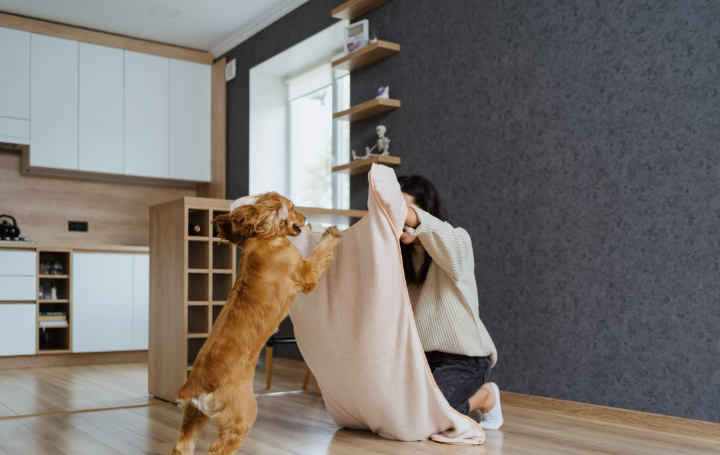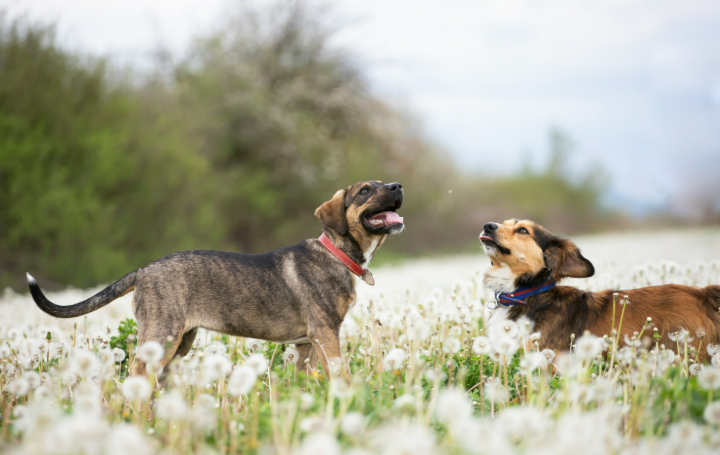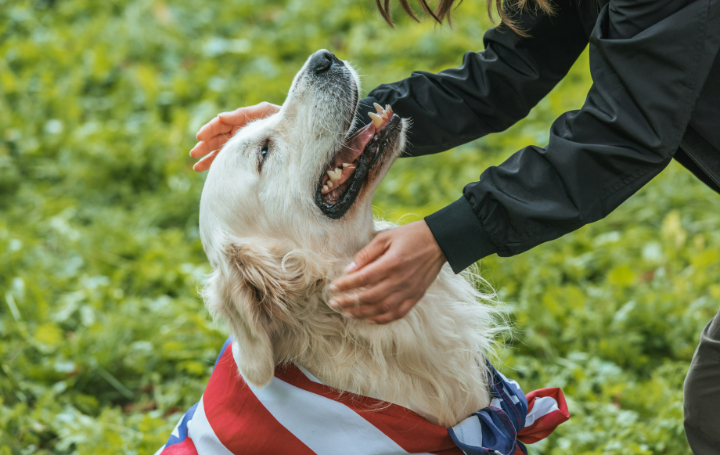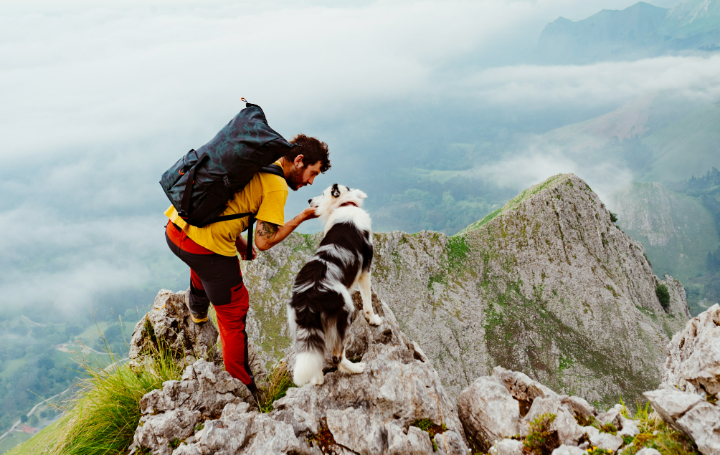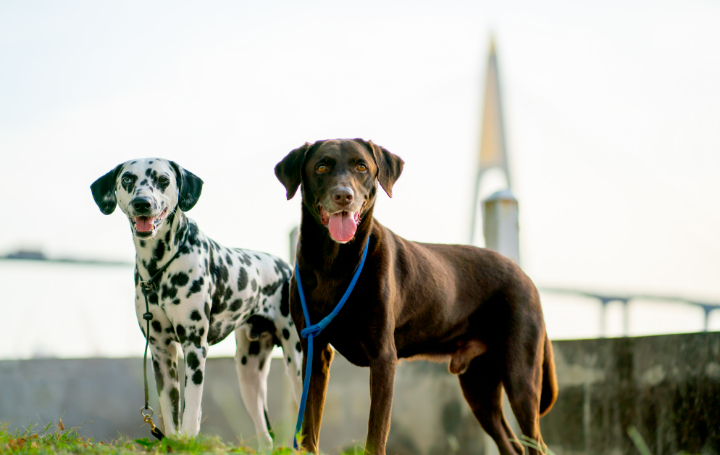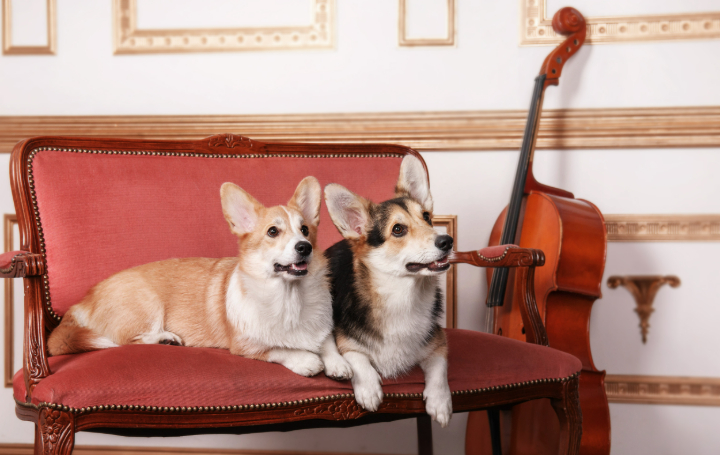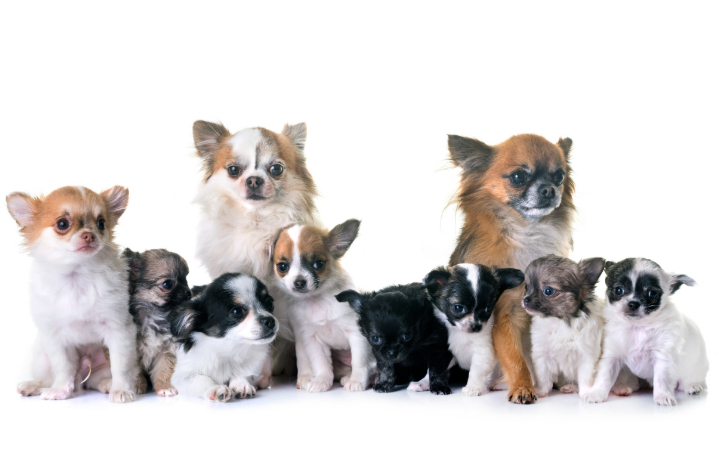How to Help Your Dog Overcome Fear of Strangers: Tips for Socialization
Is your dog a little too shy when meeting new people? Maybe they bark, hide, or even shake when a stranger comes close. If so, don’t worry—you’re not alone! Many dogs struggle with meeting new people, but with a little patience and the right approach, you can help your furry friend build confidence and become more comfortable around strangers. Socializing your dog doesn’t have to be stressful; in fact, it can be a fun and rewarding experience for both of you. Let’s dive into some easy and enjoyable ways to help your dog overcome their fear of strangers.
Understanding Your Dog’s Fear
Before you can help your pup, it’s important to understand what’s causing their fear. Dogs can be afraid of strangers for several reasons:
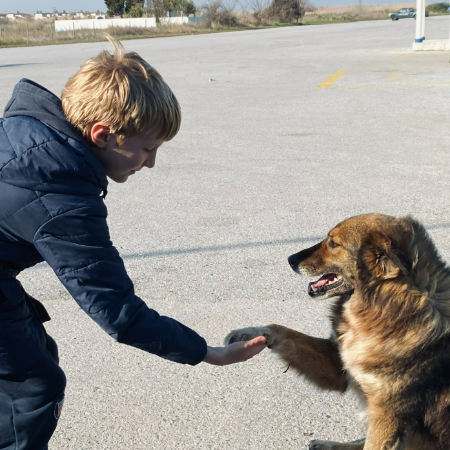
- Lack of Early Socialization: If a puppy doesn’t meet many people during their early months, they might become wary of strangers as they grow up.
- Bad Past Experiences: A rescue dog or one that’s been mistreated may associate strangers with negative experiences.
- Genetics & Personality: Some dogs are naturally more timid than others.
- Overprotective Nature: Some pups see strangers as a threat to their beloved humans.
Once you understand the cause, you can take the right steps to help your dog feel more comfortable and confident around new people.
Step 1: Start Small & Slow
Jumping into a crowded park full of strangers is NOT the best idea for a nervous dog! Instead, take it slow.
- Start by introducing your dog to one calm and friendly person at a time.
- Choose someone who understands dogs and won’t force interaction.
- Let your pup observe from a distance before moving closer.
Give them time to adjust—patience is key!
Step 2: Use the Magic of Treats
Dogs love food, and treats can be a fantastic way to help them associate strangers with something positive.
- When introducing your dog to a new person, have the stranger toss treats to them instead of approaching them directly.
- Let your pup take the treats at their own pace—no pressure!
- If your dog starts to relax, the stranger can try holding out a treat for them to take.
Over time, your pup will start to think, “Hey, strangers bring yummy things! Maybe they aren’t so bad after all.”
Step 3: Keep Things Calm & Positive
Some people love dogs so much that they rush in with hugs and excitement—but for a nervous pup, that can be overwhelming.
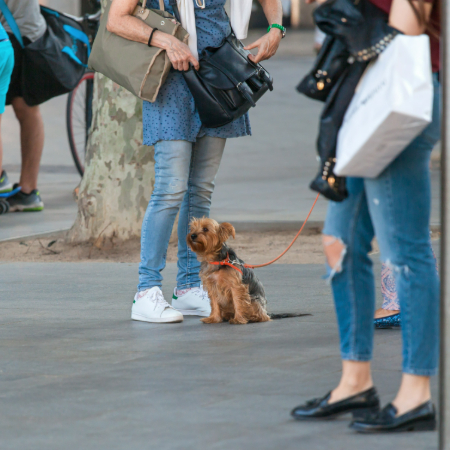
- Ask new people to ignore your dog at first and let them approach when ready.
- Avoid direct eye contact, fast movements, or loud voices, as these can seem threatening.
- Keep your energy calm—if you’re nervous, your dog will be too!
Step 4: Practice Positive Exposure
The more positive experiences your dog has with strangers, the more confident they’ll become.
- Take short walks in areas where they can see people from a distance.
- Visit pet-friendly cafes or parks (at non-busy times) and let them observe from a safe spot.
- Invite friends or family over, one at a time, to help them get used to new faces.
- Try “happy visits” to the vet or groomer where nothing bad happens—just treats and love!
Little by little, your pup will start realizing that strangers aren’t scary.
Step 5: Make Training a Game
Training doesn’t have to be boring! Turn socialization into a fun game.
- Stranger Bingo: Have a checklist of different people your dog meets (e.g., someone wearing a hat, a child, or a person on a bike). Each time they interact positively, reward them!
- “Find the Treat” Game: Hide treats around the house when a guest arrives and let your dog search. This keeps their focus on something fun instead of fear.
- Confidence-Building Activities: Agility courses, scent games, and obedience training all help build overall confidence, making new situations less intimidating.
Step 6: Use a Trusty Safety Net
If your dog is really anxious, consider using a few extra tools to help them feel safe.
- A calming vest or a thunder shirt can provide comfort.
- Scent cloths (rubbing a cloth on a familiar person and letting your dog smell it later) can help ease introductions.
- Pheromone diffusers or calming chews may take the edge off their anxiety.
Step 7: Know When to Get Professional Help
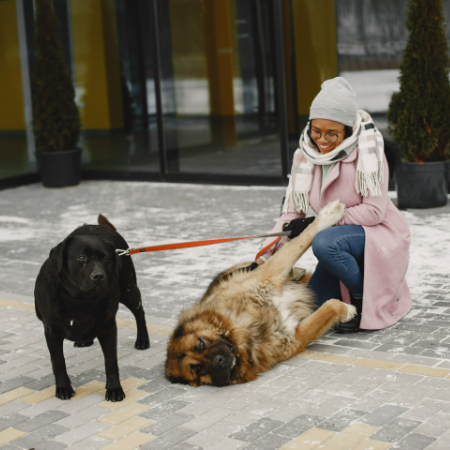
If your dog’s fear is extreme (growling, snapping, or complete panic), it might be time to seek help from a certified dog trainer or behaviorist. They can create a specialized plan to help your pup feel safe and secure.
Patience, Love, and Fun!
Helping your dog overcome their fear of strangers isn’t an overnight process, but with patience, love, and positive experiences, they’ll start gaining confidence. Remember to go at their pace, celebrate small wins, and make socialization fun! Before you know it, your shy pup might just become the life of the party—or at least comfortable enough to enjoy meeting new friends.
Happy training and tail wags!
Tags
